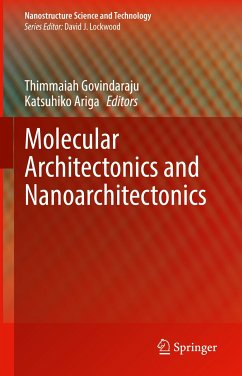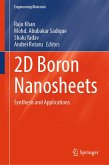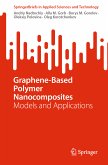This book is the ultimate assembly of recent research activities on molecular architectonics and nanoarchitectonics by authors who are worldwide experts. The book proposes new ways of creating functional materials at the nano level using the concepts of molecular architectonics and nanoarchitectonics, which are expected to be the next-generation approaches beyond conventional nanotechnology. All the contents are categorized by types of materials, organic materials, biomaterials, and nanomaterials. For that reason, non-specialists including graduate and undergraduate students can start reading the book from any points they would like. Cutting-edge trends in nanotechnology and material sciences are easily visible in the contents of the book, which is highly useful for both students and experimental materials scientists.
Dieser Download kann aus rechtlichen Gründen nur mit Rechnungsadresse in A, B, BG, CY, CZ, D, DK, EW, E, FIN, F, GR, HR, H, IRL, I, LT, L, LR, M, NL, PL, P, R, S, SLO, SK ausgeliefert werden.









